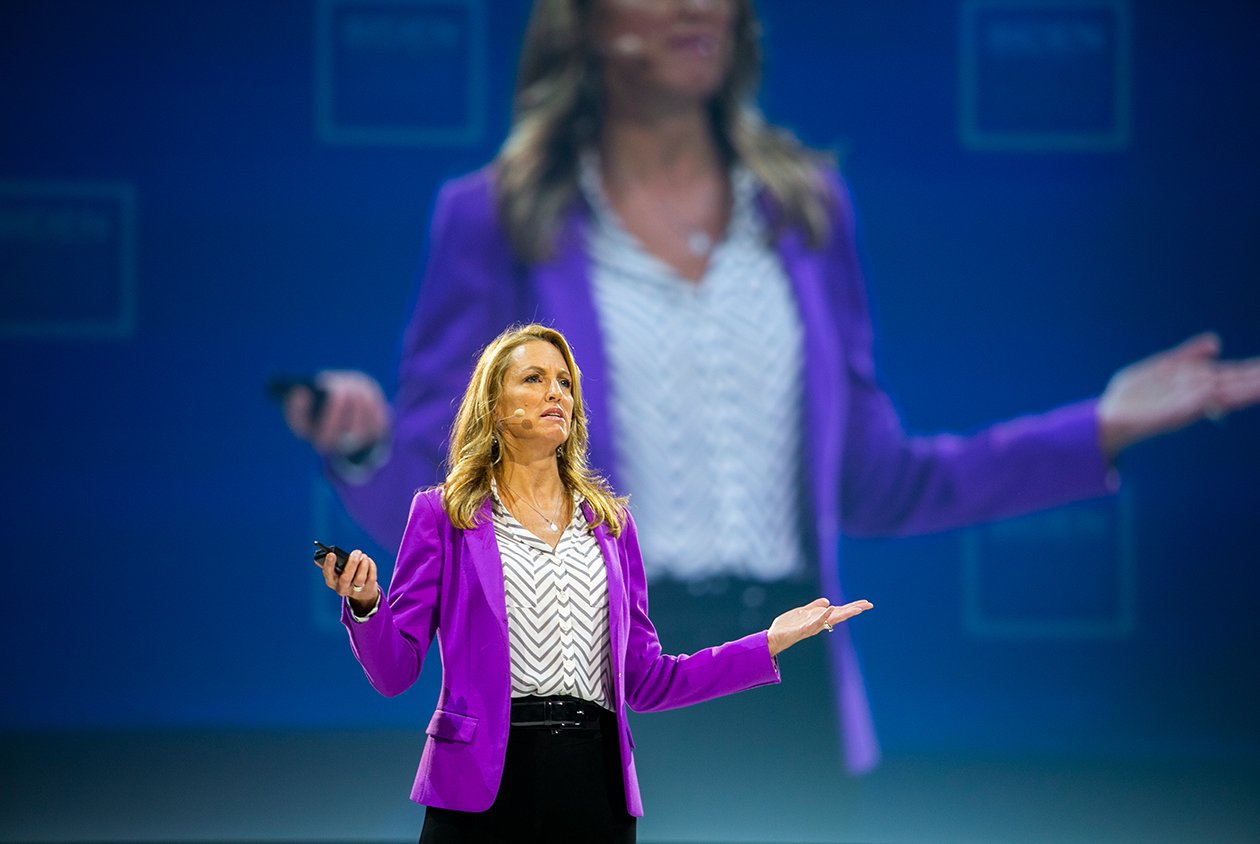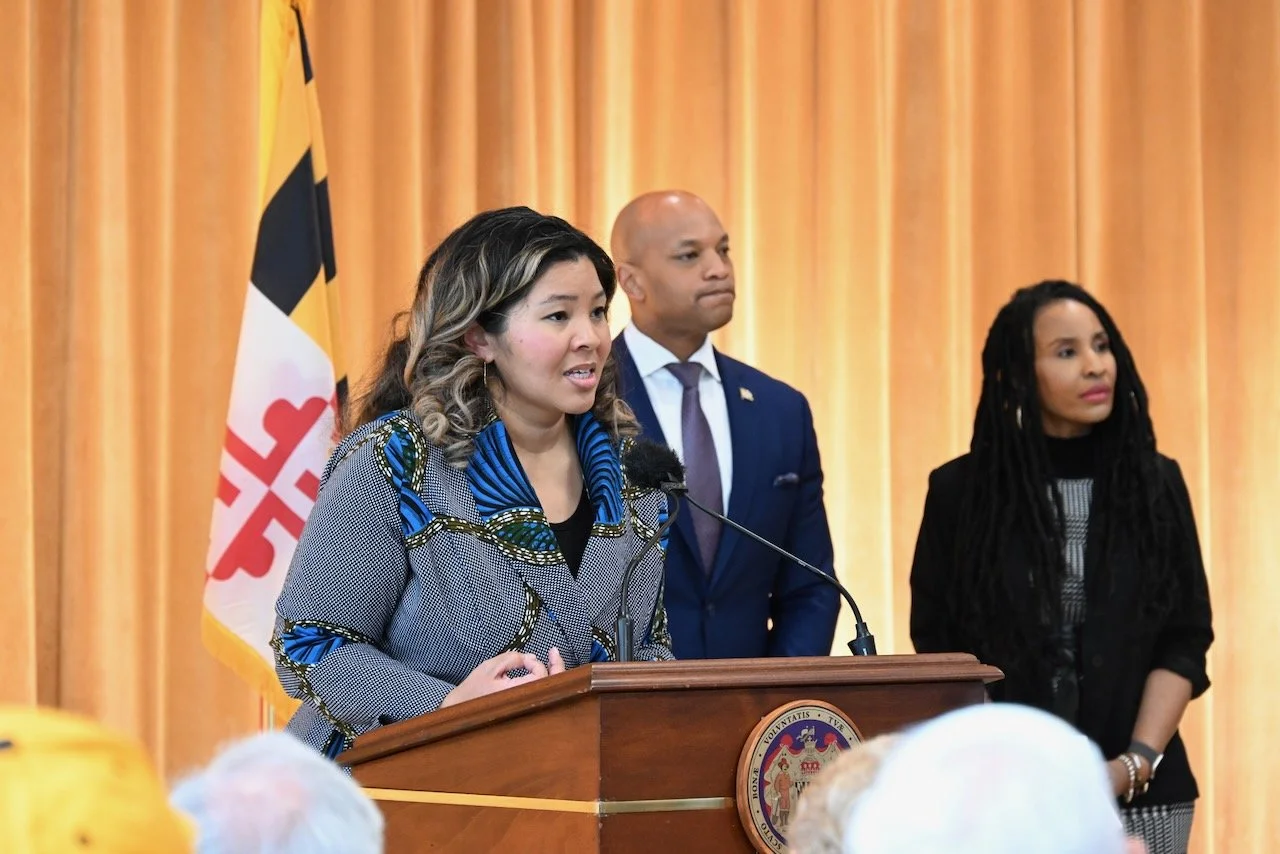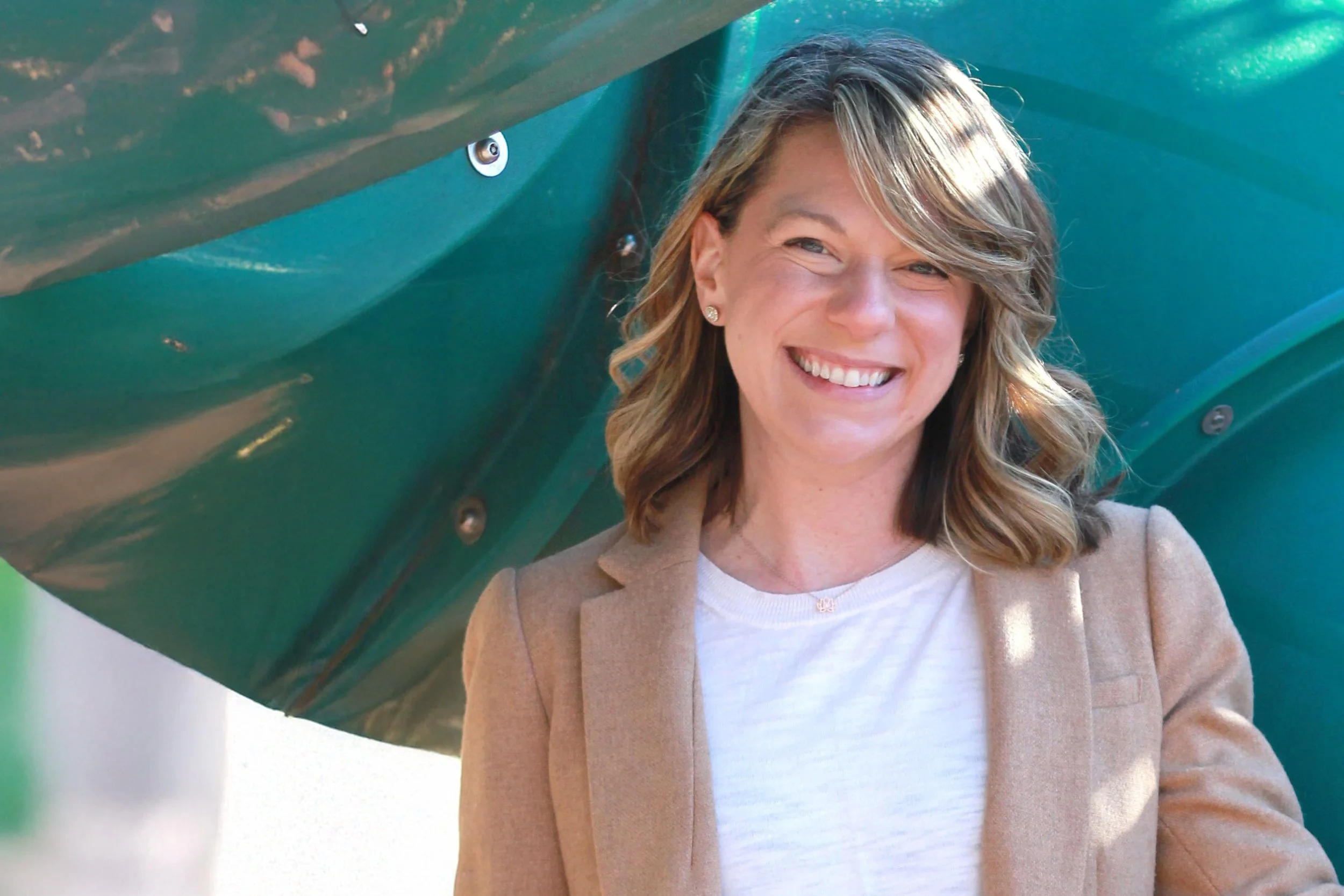Family Reach CEO Carla Tardif on the Financial Hardships of Cancer
A cancer diagnosis is scary — and not just because the disease is the second-leading cause of death in America. The cost is exorbitant and impossible to predict because it includes not only the actual cost of care and drugs, but also lost wages and out-of-pocket expenses involved with accessing care. This is particularly stressful for working people and their loved ones, especially if they have to choose between treatment and feeding their families.
Family Reach is a national nonprofit dedicated to changing the financial realities of cancer. They have built a massive database of resources to connect patients with providers and community organizations that can help with non-medical expenses.
We spoke with CEO Carla Tardif about Family Reach’s resources, healthcare equity, and what’s to come in 2024.
Family Reach helps cancer patients navigate resources and apply for funding that is accessible in their area. How have you connected with thousands of external programs, and what impact are you seeing?
One in three cancer patients will have trouble meeting their basic financial needs during their treatment. Our Financial Resource Center offers financial education, resource navigation/activation, and emergency financial assistance. If we can reach cancer patients before they are in financial trouble by offering solid financial education and guidance and arm them with resources for their basic needs, we can help them avoid missing treatment. For those who are in crisis and need financial assistance, we can help meet their immediate needs — like next month’s rent — while also connecting them with resources that can support their needs long term. It’s important for people to know they did nothing wrong and that there are many people and organizations standing by to support.
Another component of Family Reach is its Clinical Trial Access Program, which helps patients access clinical trials—often located far from their homes. This program began in 2023, yet it’s expected to reach over 1,000 patients in 2024. How did you expand it so quickly?
We have a great partner, More Moments More Memories, which was founded by Christi and Shelley Shaw after both their older sister and mom passed from cancer. They saw how financial barriers were impeding access to trials and created a fund to cover non-medical costs so people could afford to participate in a clinical trial. When Christi and I met a little over a year ago, she asked me to think about how we could combine forces to take More Moments More Memories to the next level. We were instant friends and our missions were so aligned, we decided the best approach would be to acquire them so we could do more together in one seamless effort. We know that once a patient is accepted to a trial, they then have to figure out how to make it work financially, how to make it work with the added loss of income and travel and relocation costs. We help remove those obstacles to improve patients’ access to these innovative treatments. People may not realize how important patient recruitment is for clinical trials. About 80% of trials face delays or closures because of challenges with recruitment. This hampers the development and launch of potentially life-changing treatments.
Navigating the complex US healthcare system can be as daunting as affording expensive care. How does Family Reach help offset this burden?
Some patients experience shame and fear when talking about their finances in the healthcare setting. Even if the healthcare providers ask you about your financial situation, which many do not, patients are afraid to share the real picture. They’re afraid they won’t get the same treatment—unable to get a scan or be told about a clinical trial—and they may also be afraid their children could be removed from the home if there’s concern that they aren’t being cared for. Family Reach’s guidebooks and tip sheets help normalize the conversation around money and give patients money-saving tips they can use even after their treatment is over.
How has Family Reach made its services more accessible? And how are you working to build trust between the medical community and patients?
Equity is a major issue in healthcare. Patients from marginalized backgrounds are less likely to access care due to a variety of complex and intersecting issues from affordability to navigability. Implicit bias by medical professionals remains a significant issue, creating distrust between patients and the medical system, especially for patients of color.
Medical mistrust in underserved communities dates back hundreds of years and is still a major issue today. Trust is earned, not given, and there is a lot of work to be done to earn it back. Through our Community Partnership Program, we partner with trusted nonprofits in Black and Hispanic/Latino communities to deliver our financial support. This allows us to meet patients where they are — in places they feel safe, seen, heard, and understood — through organizations in their community that they know and trust. We offer our financial interventions to community partners for them to administer to people in their community and we offer seed funding to make sure they have the resources to do so efficiently and with sustainability.
We build deep relationships with these community partners, listening to and learning from them to further identify barriers to care within Black and Hispanic/Latino communities. These insights help us refine our program delivery so we can better support these patients.
For example, Spanish is the preferred language for 50% of the families we support through this program. We’re translating our tip sheets into Spanish and are continuously refining this process to ensure the translations accurately reflect the unique cultural differences of each community we support.
With steep cost of living increases, an overburdened healthcare system, and a rise in cancer incidence particularly in young adults, Family Reach’s services feel more necessary than ever. How are you considering these trends and what does this year look like for the organization?
You are right. The cancer equity landscape is only getting larger. Every day, Family Reach hears about a single woman in cancer treatment allowing herself one can of food per day because it’s all she can afford, or a parent taking themself off treatment because they fear putting their family in bankruptcy. Recently, we learned about a family of five asking for money for a tent because they were evicted and needed some sort of shelter to be near the hospital. Family Reach has the interventions, partnerships, and deep understanding of the cancer patient’s non-medical journey and we know the only way we can reach the masses is by making our financial resources more available to cancer patients and to partner with any patient-facing organization to offer our expertise as a complement to their efforts. We need to put a huge focus on fundraising so we can help those families in financial crisis get back on their feet, and then get them set up in the Financial Resource Center so they can sustain themselves. So to answer your questions, fundraising and partnerships is where we are focused in 2024. Knowing that one-third of cancer deaths in this country could be prevented by removing socioeconomic barriers for cancer patients tells us that Family Reach needs to be part of the treatment plan.




